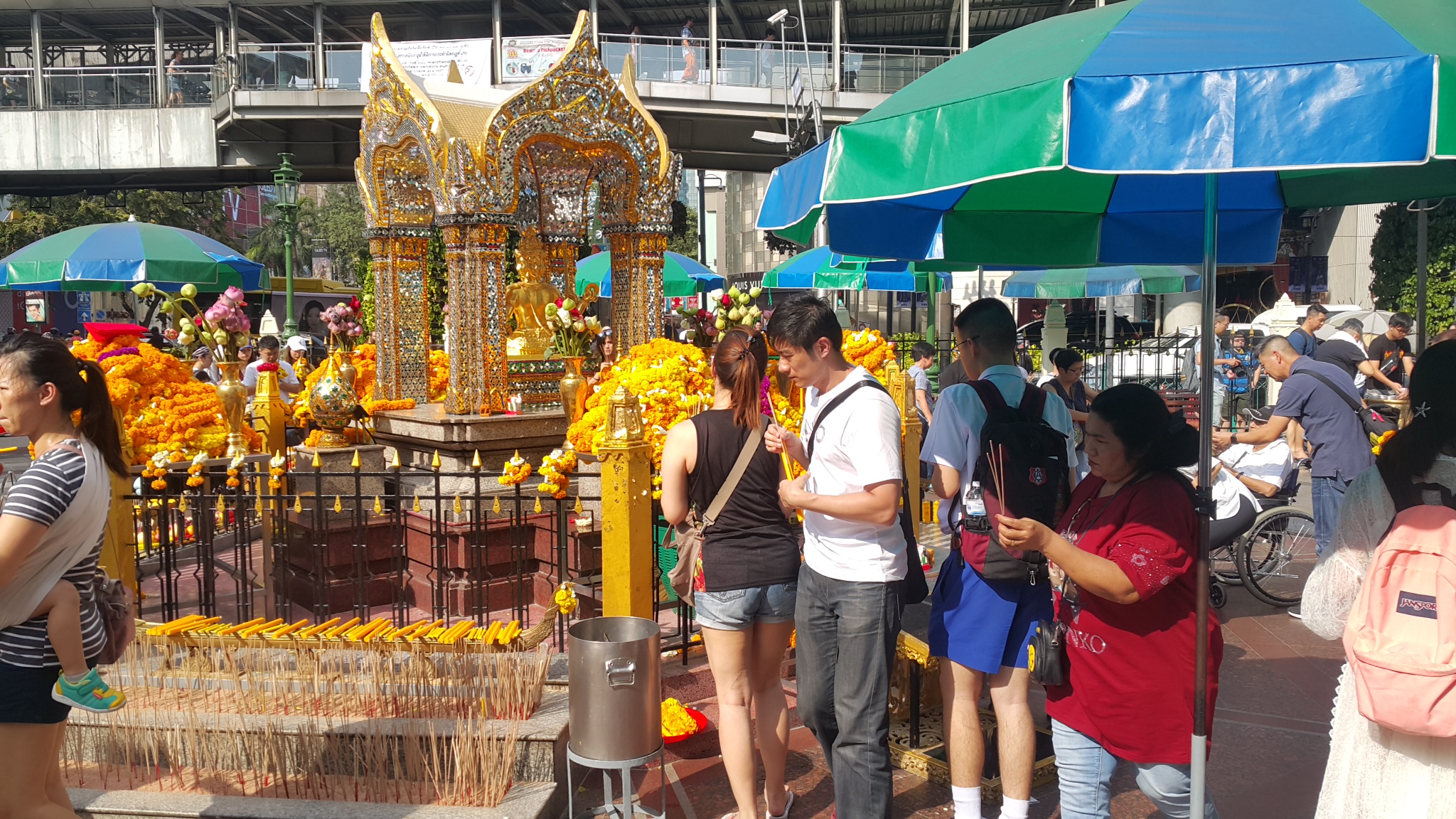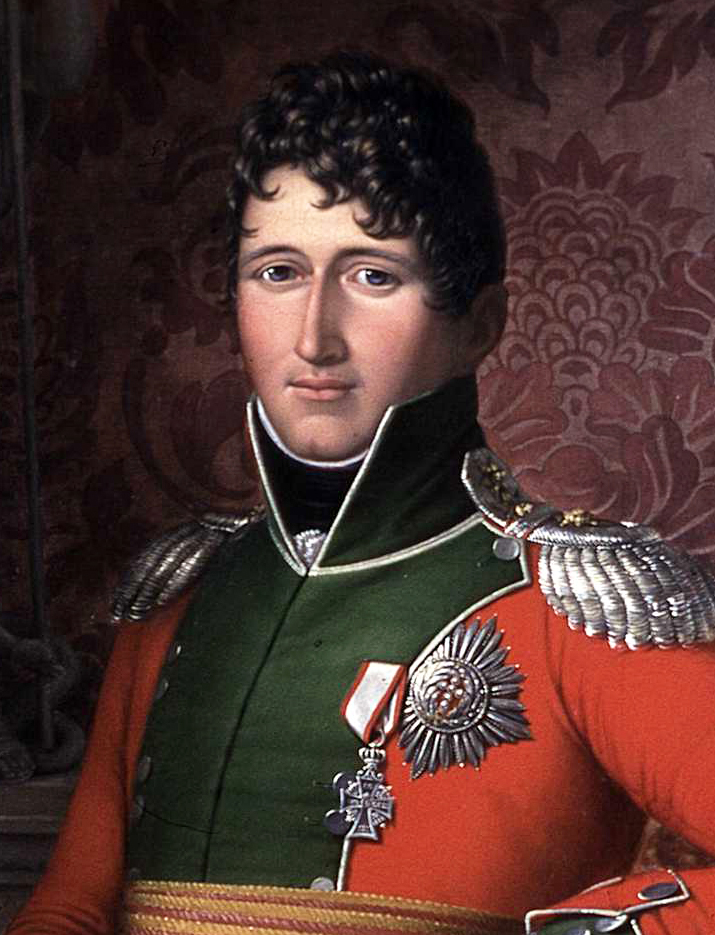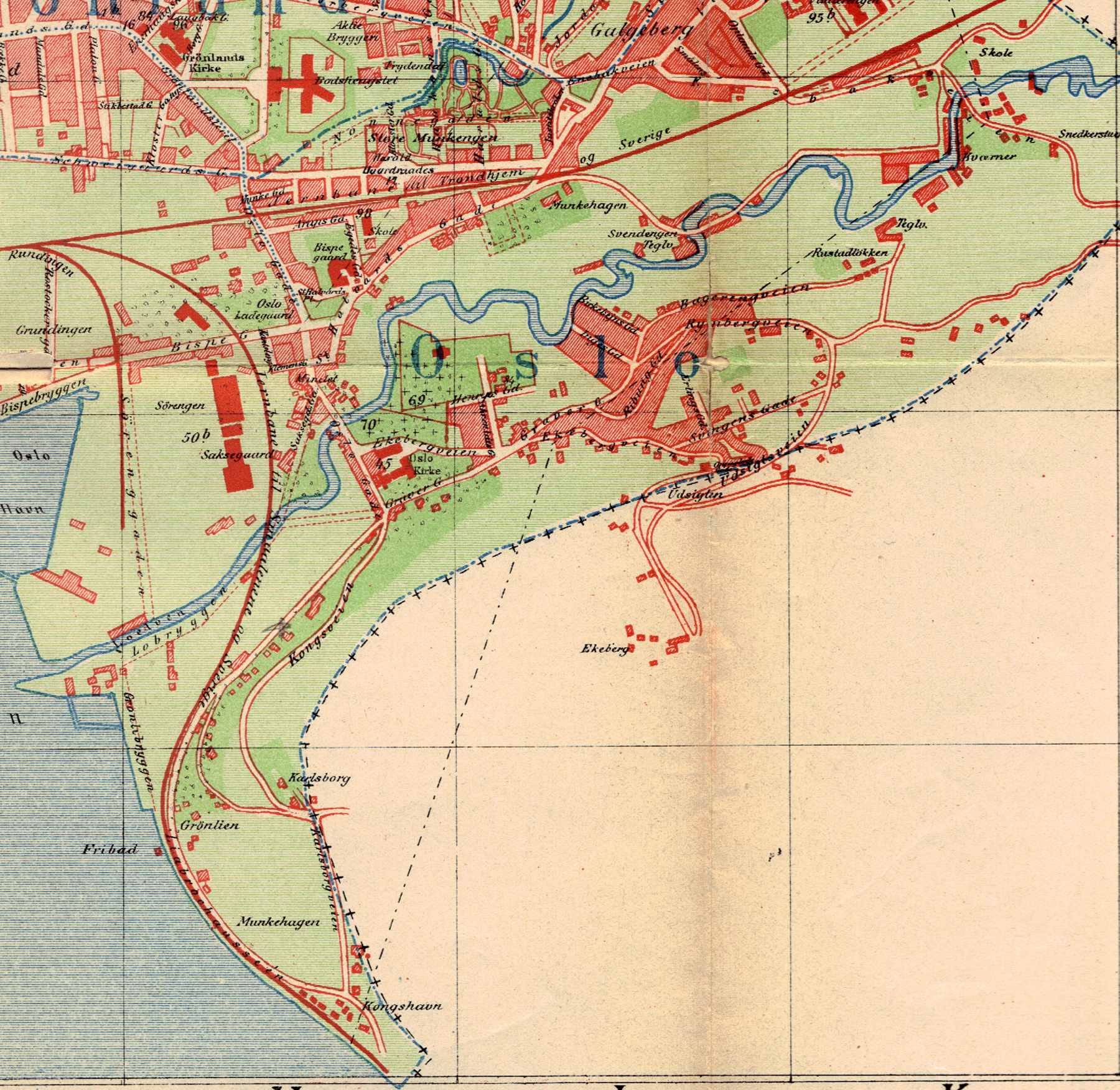|
Anti-Catholicism In Norway
The expulsion of Catholics from Norway, from 1613 onwards, was a precaution taken against the Counter-Reformation movement, which was orchestrated by the Kings of Denmark–Norway, but after 1814 it was orchestrated by the Norwegian government. The Gjerpen Trial Following the events of the Protestant Reformation, the Catholic Church and its missionary organization, the Society of Jesus, strived to regain control of the religion in Northern Europe. In 1612 it was reported that some prominent priests in Norway had undertaken studies at Jesuit colleges, and that they secretly supported Catholicism. Several of these suspected Catholic priests were called to the country's highest court of law, called Herredag. The trial was held at the vicarage of Gjerpen in Skien, and started on 2 August 1613. Among the suspects was Christoffer Hjort, vicar in Aker and priest at the chapel of Akershus Castle, and his two brothers Jakob Hjort and Evert Hjort. Also the priest Herman Hanssøn was ... [...More Info...] [...Related Items...] OR: [Wikipedia] [Google] [Baidu] |
Counter-Reformation
The Counter-Reformation (), also called the Catholic Reformation () or the Catholic Revival, was the period of Catholic resurgence that was initiated in response to the Protestant Reformation. It began with the Council of Trent (1545–1563) and largely ended with the conclusion of the European wars of religion in 1648. Initiated to address the effects of the Protestant Reformation, the Counter-Reformation was a comprehensive effort composed of apologetic and polemical documents and ecclesiastical configuration as decreed by the Council of Trent. The last of these included the efforts of Imperial Diets of the Holy Roman Empire, heresy trials and the Inquisition, anti-corruption efforts, spiritual movements, and the founding of new religious orders. Such policies had long-lasting effects in European history with exiles of Protestants continuing until the 1781 Patent of Toleration, although smaller expulsions took place in the 19th century. Such reforms included the foundation ... [...More Info...] [...Related Items...] OR: [Wikipedia] [Google] [Baidu] |
Store Norske Leksikon
The ''Great Norwegian Encyclopedia'' ( no, Store Norske Leksikon, abbreviated ''SNL''), is a Norwegian-language online encyclopedia. The online encyclopedia is among the most-read Norwegian published sites, with more than two million unique visitors per month. Paper editions 1978–2007 The ''SNL'' was created in 1978, when the two publishing houses Aschehoug and Gyldendal merged their encyclopedias and created the company Kunnskapsforlaget. Up until 1978 the two publishing houses of Aschehoug and Gyldendal, Norway's two largest, had published ' and ', respectively. The respective first editions were published in 1907–1913 (Aschehoug) and 1933–1934 (Gyldendal). The slump in sales for paper-based encyclopedias around the turn of the 21st century hit Kunnskapsforlaget hard, but a fourth edition of the paper encyclopedia was secured by a grant of ten million Norwegian kroner from the foundation Fritt Ord in 2003. The fourth edition consisted of 16 volumes, a t ... [...More Info...] [...Related Items...] OR: [Wikipedia] [Google] [Baidu] |
Lutheran
Lutheranism is one of the largest branches of Protestantism, identifying primarily with the theology of Martin Luther, the 16th-century German monk and reformer whose efforts to reform the theology and practice of the Catholic Church launched the Protestant Reformation. The reaction of the government and church authorities to the international spread of his writings, beginning with the '' Ninety-five Theses'', divided Western Christianity. During the Reformation, Lutheranism became the state religion of numerous states of northern Europe, especially in northern Germany, Scandinavia and the then- Livonian Order. Lutheran clergy became civil servants and the Lutheran churches became part of the state. The split between the Lutherans and the Roman Catholics was made public and clear with the 1521 Edict of Worms: the edicts of the Diet condemned Luther and officially banned citizens of the Holy Roman Empire from defending or propagating his ideas, subjecting advocates of Lutheranis ... [...More Info...] [...Related Items...] OR: [Wikipedia] [Google] [Baidu] |
Jew Clause
The Jew clause ( no, Jødeparagrafen) is in the vernacular name of the second paragraph of the Constitution of Norway from 1814 to 1851 and from 1942 to 1945. The clause, in its original form, banned Jews from entering Norway, and also forbade Jesuits and monastic orders. An exception was made for so-called Portuguese Jews. The penultimate sentence of the same paragraph is known as the Jesuit clause ( no, Jesuittparagrafen). The clause roughly translates as: Christian Magnus Falsen, Georg Sverdrup and Nicolai Wergeland were the central delegates behind the wording of the section's final paragraph. The wording was adopted on May 4, 1814. Those behind the law were highly educated and among the country's most well-read men. This paragraph was finalized in Constitutional Committee and adopted after discussion, but without changes in the plenary. Background The paragraph can be seen as a continuation of Christian V's Norwegian Code of 1687, which stipulated that no Jews co ... [...More Info...] [...Related Items...] OR: [Wikipedia] [Google] [Baidu] |
Jesuits
The Society of Jesus ( la, Societas Iesu; abbreviation: SJ), also known as the Jesuits (; la, Iesuitæ), is a religious order (Catholic), religious order of clerics regular of pontifical right for men in the Catholic Church headquartered in Rome. It was founded in 1540 by Ignatius of Loyola and six companions, with the approval of Pope Paul III. The society is engaged in evangelization and apostolic ministry in 112 nations. Jesuits work in education, research, and cultural pursuits. Jesuits also give retreats, minister in hospitals and parishes, sponsor direct social and humanitarian ministries, and promote Ecumenism, ecumenical dialogue. The Society of Jesus is consecrated under the patron saint, patronage of Madonna della Strada, a title of the Blessed Virgin Mary, and it is led by a Superior General of the Society of Jesus, Superior General. The headquarters of the society, its Curia, General Curia, is in Rome. The historic curia of Ignatius is now part of the attached to t ... [...More Info...] [...Related Items...] OR: [Wikipedia] [Google] [Baidu] |
Jews
Jews ( he, יְהוּדִים, , ) or Jewish people are an ethnoreligious group and nation originating from the Israelites Israelite origins and kingdom: "The first act in the long drama of Jewish history is the age of the Israelites""The people of the Kingdom of Israel and the ethnic and religious group known as the Jewish people that descended from them have been subjected to a number of forced migrations in their history" and Hebrews of historical History of ancient Israel and Judah, Israel and Judah. Jewish ethnicity, nationhood, and religion are strongly interrelated, "Historically, the religious and ethnic dimensions of Jewish identity have been closely interwoven. In fact, so closely bound are they, that the traditional Jewish lexicon hardly distinguishes between the two concepts. Jewish religious practice, by definition, was observed exclusively by the Jewish people, and notions of Jewish peoplehood, nation, and community were suffused with faith in the Jewish God, ... [...More Info...] [...Related Items...] OR: [Wikipedia] [Google] [Baidu] |
Religious Freedom
Freedom of religion or religious liberty is a principle that supports the freedom of an individual or community, in public or private, to manifest religion or belief in teaching, practice, worship, and observance. It also includes the freedom to change one's religion or beliefs, "the right not to profess any religion or belief", or "not to practise a religion". Freedom of religion is considered by many people and most nations to be a fundamental human right. In a country with a state religion, freedom of religion is generally considered to mean that the government permits religious practices of other sects besides the state religion, and does not persecute believers in other faiths (or those who have no faith). Freedom of belief is different. It allows the right to believe what a person, group, or religion wishes, but it does not necessarily allow the right to practice the religion or belief openly and outwardly in a public manner, a central facet of religious freedom. Freed ... [...More Info...] [...Related Items...] OR: [Wikipedia] [Google] [Baidu] |
Norwegian Constitution
nb, Kongeriket Norges Grunnlov nn, Kongeriket Noregs Grunnlov , jurisdiction =Kingdom of Norway , date_created =10 April - 16 May 1814 , date_ratified =16 May 1814 , system =Constitutional monarchy , branches = Judicial, Executive, and Legislative , chambers =Unicameral , executive =Prime Minister , courts =Supreme court, Court of impeachment, and subordinate courts , federalism =No , electoral_college =No , date_legislature =7 October 1814 , citation = , location_of_document =Storting , writer =Norwegian Constituent Assembly , head_of_state=Monarchy of Norway , supersedes=King's Law (Lex Regia) , wikisource = Constitution of Norway The Constitution of Norway (complete name: The Constitution of the Kingdom of Norway; Danish: ; Norwegian Bokmål: ; Norwegian Nynorsk: ) was adopted on 16 May and signed on 17 May 1814 by the N ... [...More Info...] [...Related Items...] OR: [Wikipedia] [Google] [Baidu] |
Kingdom Of Norway (1814)
In 1814, the Kingdom of Norway made a brief and ultimately unsuccessful attempt to regain its independence. While Norway had always legally been a separate kingdom, since the 16th century it had shared a monarch with Denmark; Norway was a subordinate partner in the combined state, whose government was based in Copenhagen. Due to its alliance with France during the Napoleonic Wars, Denmark was forced to sign the Treaty of Kiel in January 1814 ceding Norway to Sweden. However, many Norwegians were inspired by the rising tide of nationalism and resented being handed over without their consent to Sweden, a state they viewed as a traditional rival. Under the leadership of Christian Frederick, who was the Danish government's representative in Norway and also the king of Denmark's cousin and heir presumptive, Norway attempted to assert its rights as an independent state. A government was established and a constitution written, under which Christian Frederick was elected king of Norwa ... [...More Info...] [...Related Items...] OR: [Wikipedia] [Google] [Baidu] |
Kristiansand
Kristiansand is a seaside resort city and municipality in Agder county, Norway. The city is the fifth-largest and the municipality the sixth-largest in Norway, with a population of around 112,000 as of January 2020, following the incorporation of the municipalities of Søgne and Songdalen into the greater Kristiansand municipality. In addition to the city itself, Statistics Norway counts four other densely populated areas in the municipality: Skålevik in Flekkerøy with a population of 3,526 in the Vågsbygd borough, Strai with a population of 1,636 in the Grim borough, Justvik with a population of 1,803 in the Lund borough, and Tveit with a population of 1,396 () in the Oddernes borough. Kristiansand is divided into five boroughs: Grim, which is located northwest in Kristiansand with a population of 15,000; Kvadraturen, which is the centre and downtown Kristiansand with a population of 5,200; Lund, the second largest borough; Søgne, with a population of around 12,000 and i ... [...More Info...] [...Related Items...] OR: [Wikipedia] [Google] [Baidu] |
Nordnes
Nordnes is a peninsula and neighbourhood in the city centre of Bergen in Vestland county, Norway. Vågen, Bergen, Vågen, Byfjorden (Hordaland), Byfjorden, and Puddefjorden surround the peninsula. The Akvariet i Bergen, Bergen Aquarium is located at the tip of the peninsula. The Norwegian Institute of Marine Research and Fredriksberg Fortress are also located on Nordnes. The parish church, Nykirken, Nykirken i Bergen, is located in this neighborhood. The neighbourhood of Nordnes includes approximately 50% of the peninsula. The neighbourhoods ''Strandsiden'' and ''Verftet'', as well as parts of ''Nøstet'', are also located on Nordnes. Recreation areas include Nordnes Park and the Ballast Pier (''Ballastbryggen''). One of the main recreation activities is visiting Nordnes sjøbad. This is an outdoor swimming facility with a heated pool and possibility to swim in the fjord. Nordnes sjøbad is open from 18 May to 1 September. [...More Info...] [...Related Items...] OR: [Wikipedia] [Google] [Baidu] |
Oslo Old Town
The Old Town of Oslo ( no, Gamlebyen, ) is a neighbourhood in the inner city of Oslo, Norway, belonging to the borough of Gamle Oslo and is the oldest urban area within the current capital. This part of the capital of Norway was simply called Oslo until 1925 while the city as a whole was called ''Kristiania''. Oslo's old town was established with the urban structure around the year 1000 and was the capital of Norway's dominion in 1314. The main Old Town area (i.e. the southern and central parts of Old Town) has several ruins of stone and brick lying above ground, and large amounts of protected culture underground. The core area also has listed 1700s buildings. Towards Ekeberg slope and further up are some 17th and 18th-century wooden houses that are zoned for conservation under the Planning and Building Act, though there exist in the Old Town many four-storey brick houses, built at the end of the 1800s, and some heritage railway buildings from different eras. Mediaeval Oslo Th ... [...More Info...] [...Related Items...] OR: [Wikipedia] [Google] [Baidu] |

.jpg)




.jpg)
